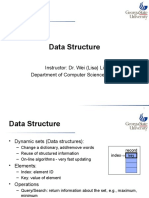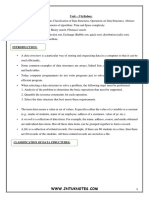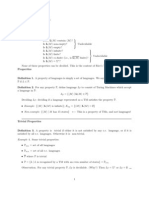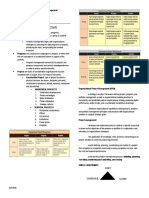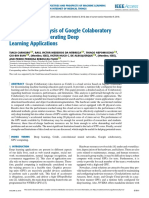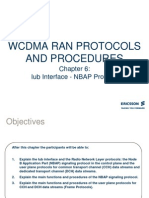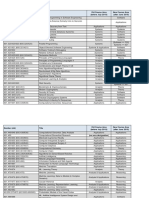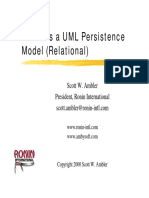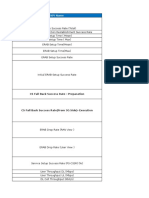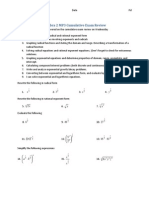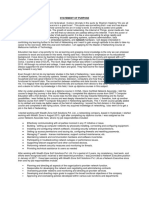0% found this document useful (0 votes)
23 views36 pages02 - APS - Basic Data Structures
The document provides an overview of basic data structures, including arrays, stacks, queues, circular queues, and linked lists. It explains the operations associated with these structures, such as searching, inserting, and deleting elements, along with their time complexities. Additionally, it discusses the advantages and disadvantages of linked lists compared to other data structures.
Uploaded by
kgztjmqsssCopyright
© © All Rights Reserved
We take content rights seriously. If you suspect this is your content, claim it here.
Available Formats
Download as PDF, TXT or read online on Scribd
0% found this document useful (0 votes)
23 views36 pages02 - APS - Basic Data Structures
The document provides an overview of basic data structures, including arrays, stacks, queues, circular queues, and linked lists. It explains the operations associated with these structures, such as searching, inserting, and deleting elements, along with their time complexities. Additionally, it discusses the advantages and disadvantages of linked lists compared to other data structures.
Uploaded by
kgztjmqsssCopyright
© © All Rights Reserved
We take content rights seriously. If you suspect this is your content, claim it here.
Available Formats
Download as PDF, TXT or read online on Scribd
/ 36





